Reviews
How to Get Your CPR and First Aid Certification Online
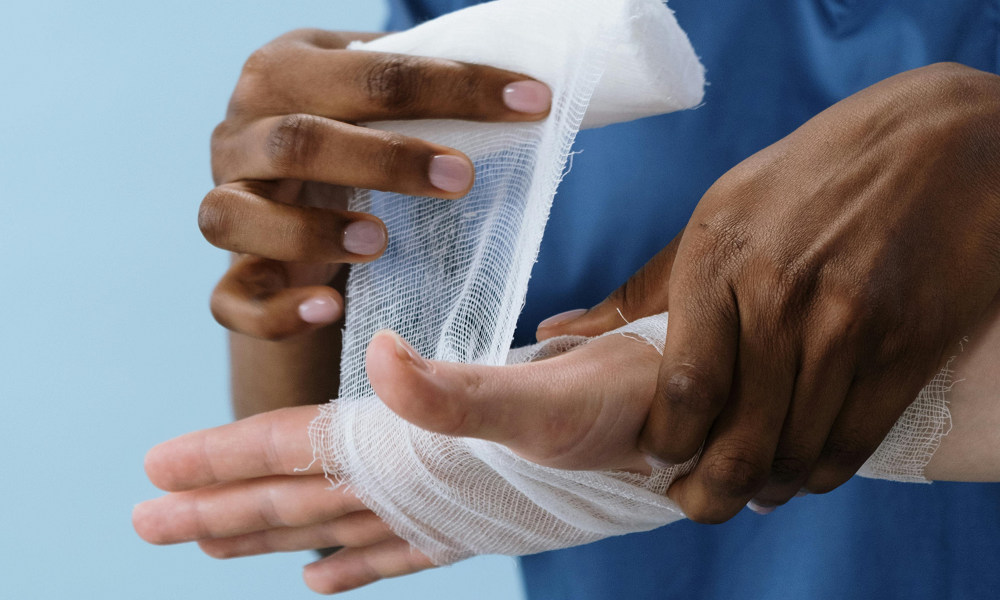
Have you ever thought about what you’d do if someone suddenly stopped breathing or got badly injured right in front of you? In those moments, every second counts, and knowing CPR and first aid can be the difference between panic and action.
These life-saving skills aren’t just for medical professionals, you can learn them online from the comfort of your home. The key is knowing where to start, how to choose the right course, and what steps to follow so your CPR First Aid Certification is valid and recognized.
In this guide, you’ll learn exactly how to get your CPR and first aid certification online, step-by-step.
Understand What Certification You Need
Before you jump into signing up, you need to be clear on exactly what type of certification fits your purpose.
Some people only need CPR training, while others require a combined CPR and First Aid course.
Think about who you’ll be helping (adults, children, or infants) because the techniques and certifications can differ. For example, a workplace role might require adult CPR, while babysitting or teaching often demands infant and child training too.
Once you know the audience you’re preparing for, it becomes much easier to pick the right course and ensure it meets both your personal and professional needs.
Getting Certified Online: Overview of the Process
Here’s a quick breakdown of the steps you’ll follow to earn your CPR and First Aid certification online, from choosing the right course to getting your certificate.
1. Research & Select an Accredited Course
When you’re looking to get certified, the first thing that really matters is choosing a course that’s actually recognized. Without proper accreditation, your certificate might not hold up for job requirements, safety regulations, or even personal credibility.
So, how do you figure out which ones are worth your time and money?
Start by checking whether the program follows nationally or internationally accepted CPR and First Aid guidelines, and whether it’s accepted by employers, schools, or professional boards.
Look closely at:
- The topics covered (CPR, AED use, basic first aid skills)
- Compliance with official safety standards
- How often course content is updated to reflect new practices
Think of this step as setting the foundation. If the course isn’t credible, the rest won’t matter. By filtering out the unverified ones early, you’ll save yourself from wasting hours and ensure the certificate you earn will actually count.
2. Register & Pay for the Course
Once you’ve found a course that meets the right standards, the next move is registering and making the payment. This part might feel straightforward, but it’s where you lock in your spot and officially start the process.
Most platforms will ask you to create an account, fill in a few basic details, and choose your preferred course format. From there, you’ll be directed to the payment page, which is usually a one-time fee rather than a subscription.
The cost can vary depending on the course depth and whether it includes extra materials or a hands-on skills check, but generally you’re looking at somewhere between $15 and $40. Some advanced packages go higher, but for standard CPR and First Aid certification, this is the typical range.
Once the payment is confirmed, you’ll usually get immediate access to the learning portal, so you can begin whenever you’re ready without waiting for a scheduled start date.
3. Complete Online Learning Modules
With your access unlocked, you’ll move on to the actual learning modules, and this is where you start building the skills you’ll eventually be tested on.
Most courses are designed to be self-paced, so you can log in whenever you have time and pick up exactly where you left off. The lessons often blend short videos, step-by-step demonstrations, and easy-to-read guides, making it simple to follow along even if it’s your first time learning CPR or First Aid.
You’ll notice the content flows in a logical order—first explaining why a skill matters, then showing you how to do it, and finally giving you a chance to apply what you’ve learned through short quizzes or interactive scenarios.
Here’s a quick idea of how the learning structure usually looks:
| Module Stage | What You’ll Learn | Typical Time |
| Core CPR Skills | Adult, child, and infant CPR techniques | 30–45 mins |
| AED Training | How to use an Automated External Defibrillator | 20–30 mins |
| First Aid Basics | Bleeding control, choking response, injury handling | 40–60 mins |
By the time you finish, you’ll not only understand the steps but also feel confident enough to put them into action in a real situation. The key here is consistency—logging in regularly helps the techniques stick.
4. Pass the Exam & (if required) In-Person Skills Session
If you’ve made it through all the modules, the next step is proving you can put that knowledge to use. This usually means taking an online exam, which isn’t there to trip you up but to make sure the information has actually sunk in.
The format is often multiple choice, covering the exact scenarios and techniques you’ve just learned, so nothing should feel out of left field.
To qualify for certification, you typically need to score at least 80%, and you’ll know your results right after submitting. Some courses allow retakes if you don’t pass the first time, so there’s no reason to panic. Think of it as a final review rather than a make-or-break moment.
In certain cases, you might also be required to attend a short in-person skills session or live video assessment, especially if the certification needs to meet workplace or regulatory standards.
Once both the test and any required practical checks are done, you’re ready to move on to getting your actual certificate.
5. Receive Your Certificate
From the moment you pass the exam, you’re usually just minutes away from having your certificate in hand. Well, in your inbox.
Most providers send a digital version instantly, which you can download, print, or email to an employer. Some also offer a physical wallet card that arrives by mail.
If you’re unsure about formats, renewal reminders, or verification options, check the provider’s FAQs, as they often cover these details clearly.
Having quick access to your proof of certification means you can start using it right away, whether it’s for a job requirement, volunteer role, or simply your own peace of mind.
6. Maintain & Renew Certification
Most certifications stay valid for about two years, which means your skills (and your paperwork) will need a refresh before they expire. Renewal is usually quicker than the initial course since it focuses on updates and practice rather than starting from scratch.
Many providers send reminders well in advance, so you won’t be caught off guard. Treat recertification as a chance to sharpen your reactions and stay aligned with the latest safety guidelines.
After all, CPR and First Aid techniques can evolve, and keeping current ensures that when the moment comes, you’ll respond with confidence and the most effective approach possible.
Take the First Step Toward Being Prepared
Getting your CPR and First Aid certification online isn’t just a formality. It’s rather a decision to be prepared when it matters most.
With accessible options like the AHCA CPR certification online, you can train at your own pace and convenience.
It’s a skill you hope you’ll never have to use, but one that could save a life. With the right training and a valid certification in hand, you’ll have the confidence to act fast and effectively in an emergency.
That confidence begins the moment you take the first step.

-

 Legal6 days ago
Legal6 days agoMichigan man JD Vance sentenced to 2 years for threatening Trump and JD Vance
-

 Politics1 week ago
Politics1 week agoU.S. to designate Maduro-linked Cartel de los Soles as terrorist organization
-
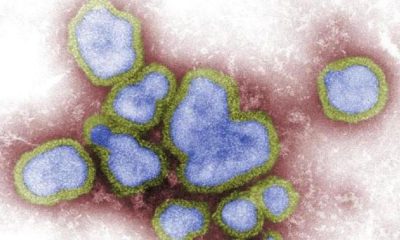
 Health7 days ago
Health7 days agoCambodia reports fatal H5N1 bird flu case in 22-year-old man
-
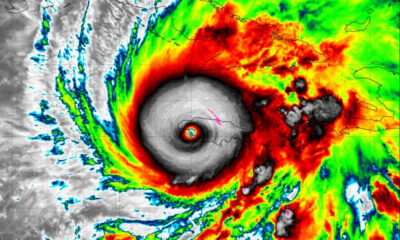
 World4 days ago
World4 days agoHurricane Melissa registered 252 mph wind gust, breaking global record
-
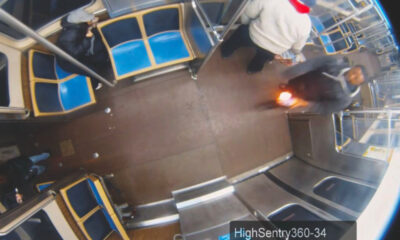
 Legal4 days ago
Legal4 days agoWoman in critical condition after being set on fire on Chicago train
-
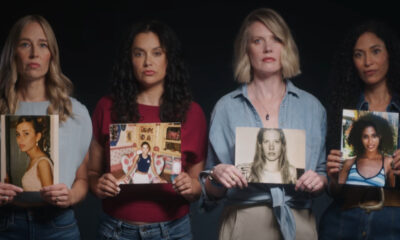
 Politics7 days ago
Politics7 days agoEpstein survivors release PSA calling on Congress to release all files
-
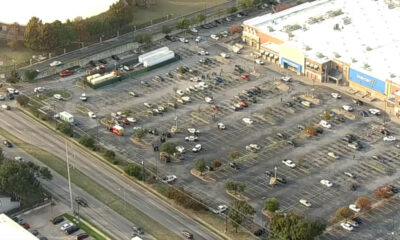
 Legal4 days ago
Legal4 days ago1 dead, 2 injured in shooting at Dallas Walmart parking lot
-
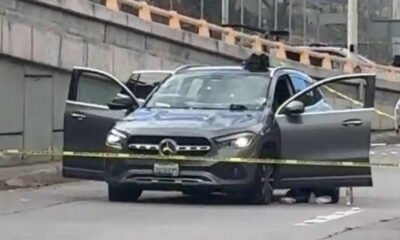
 Legal3 days ago
Legal3 days agoSuspect in San Diego stabbing shot by authorities after fleeing into Mexico




